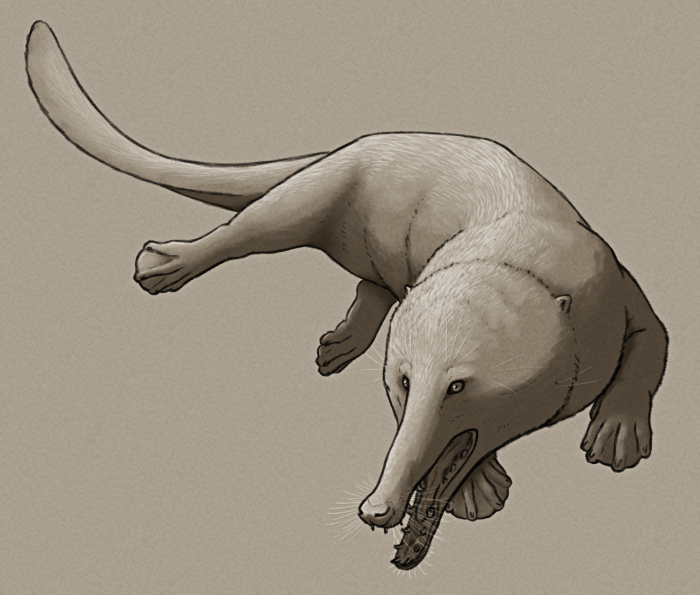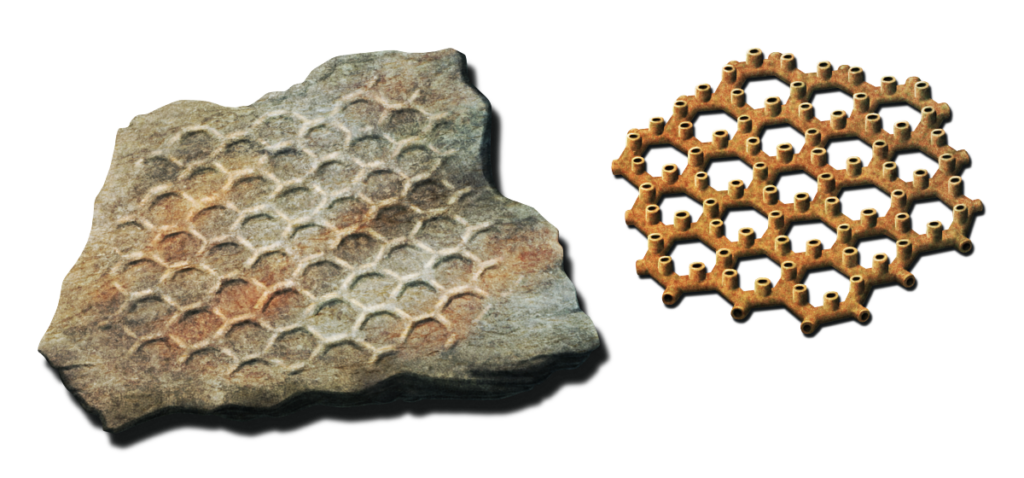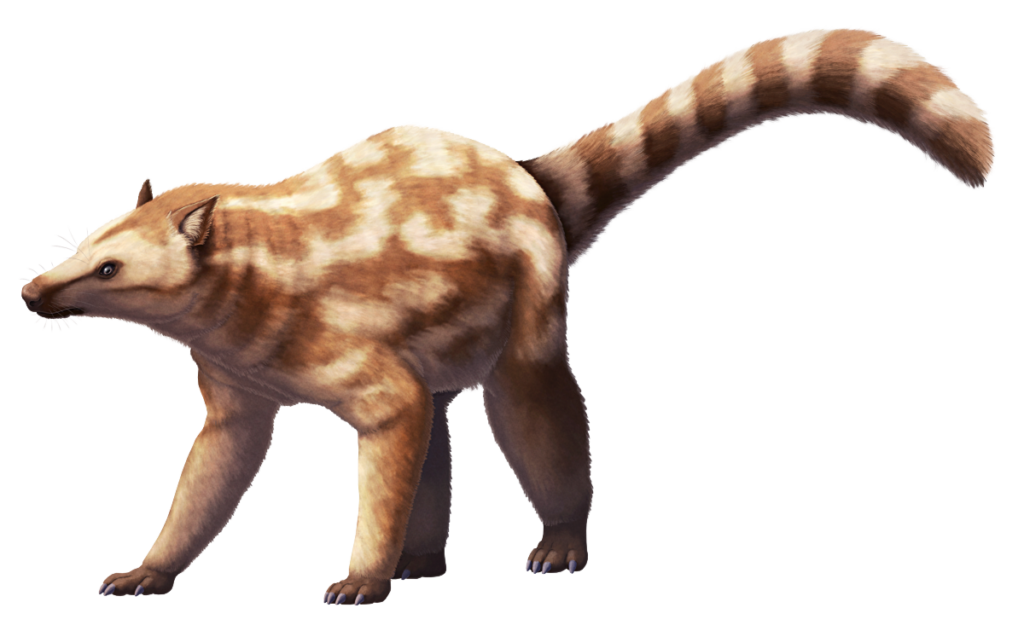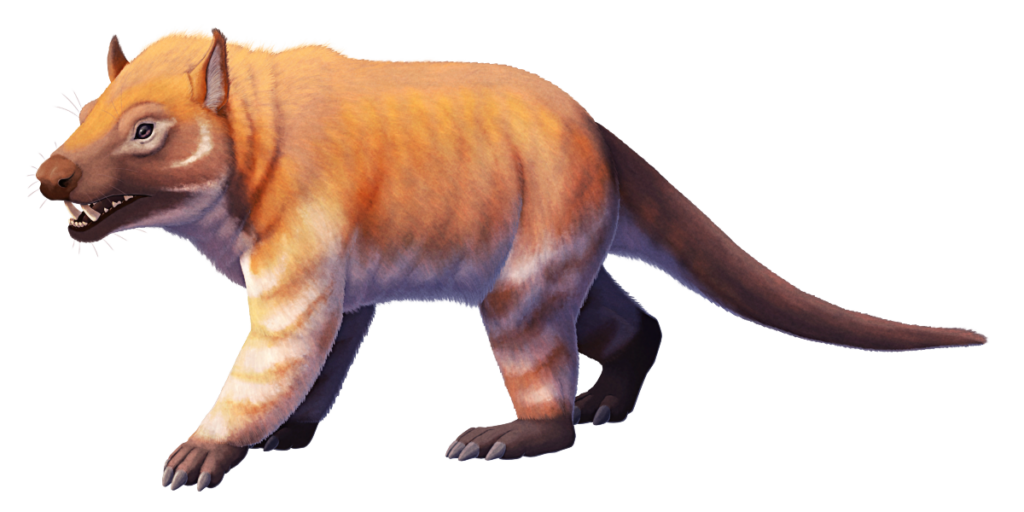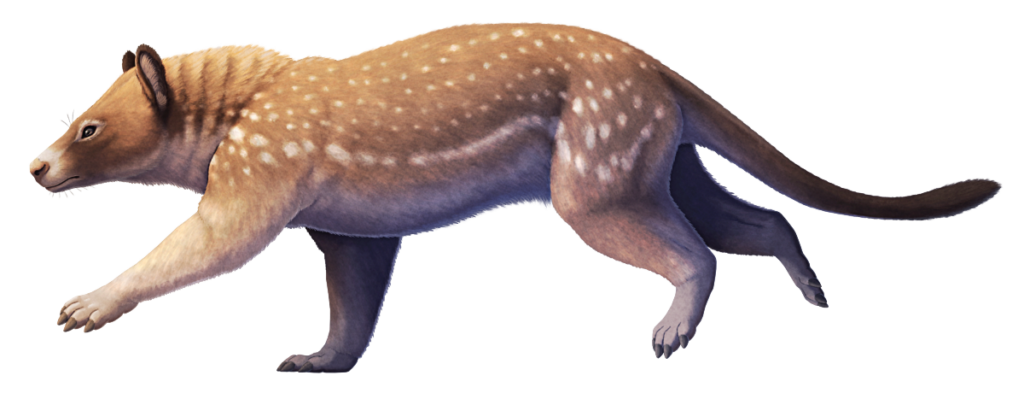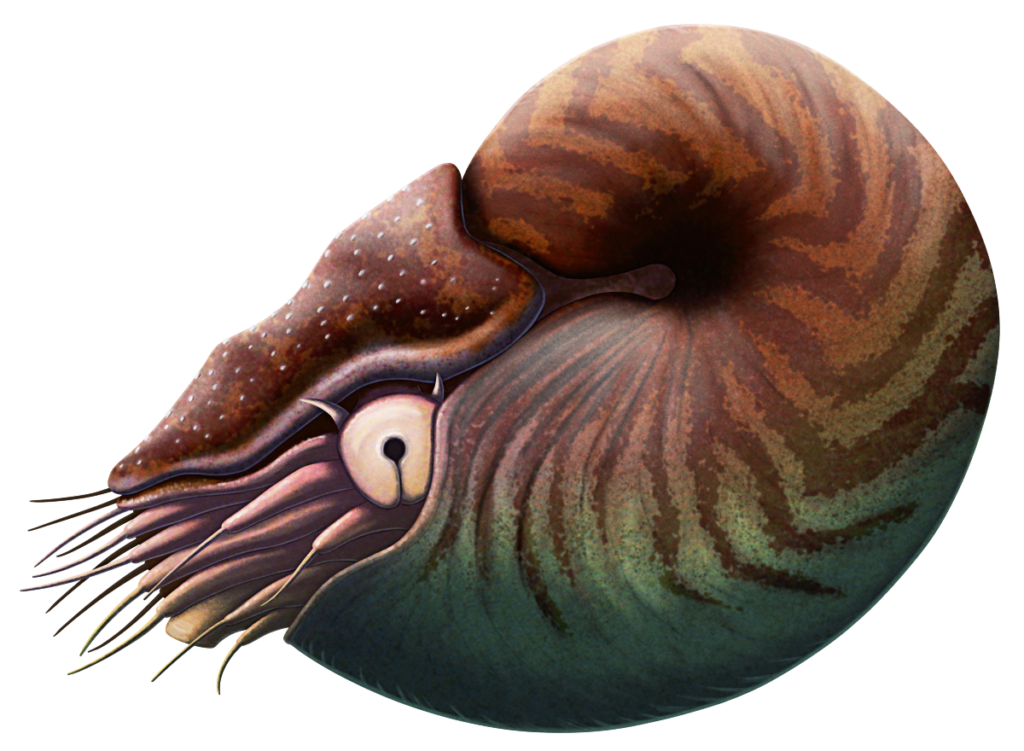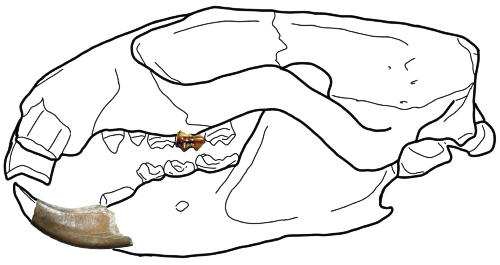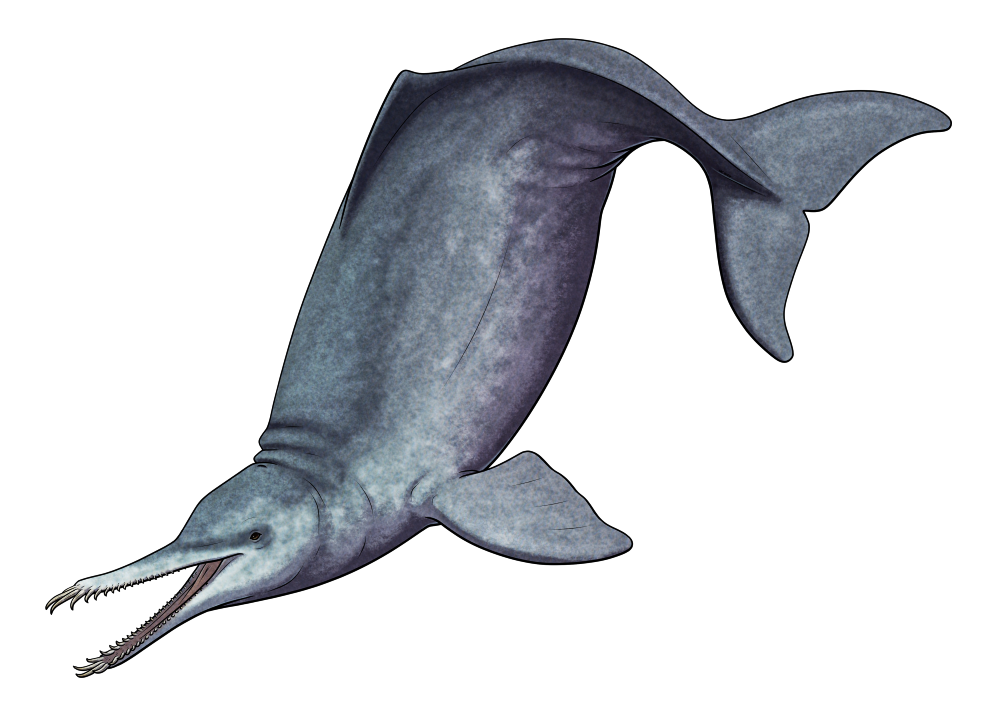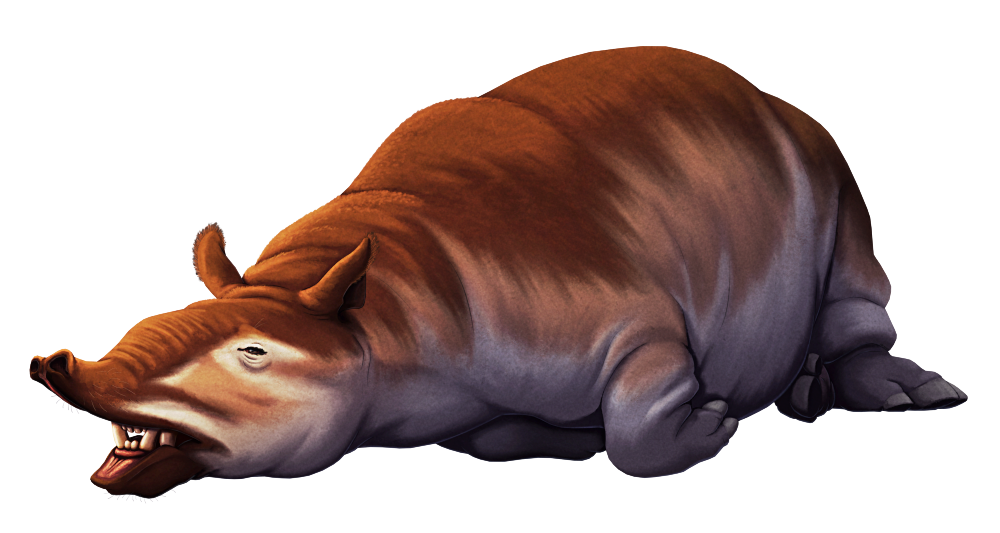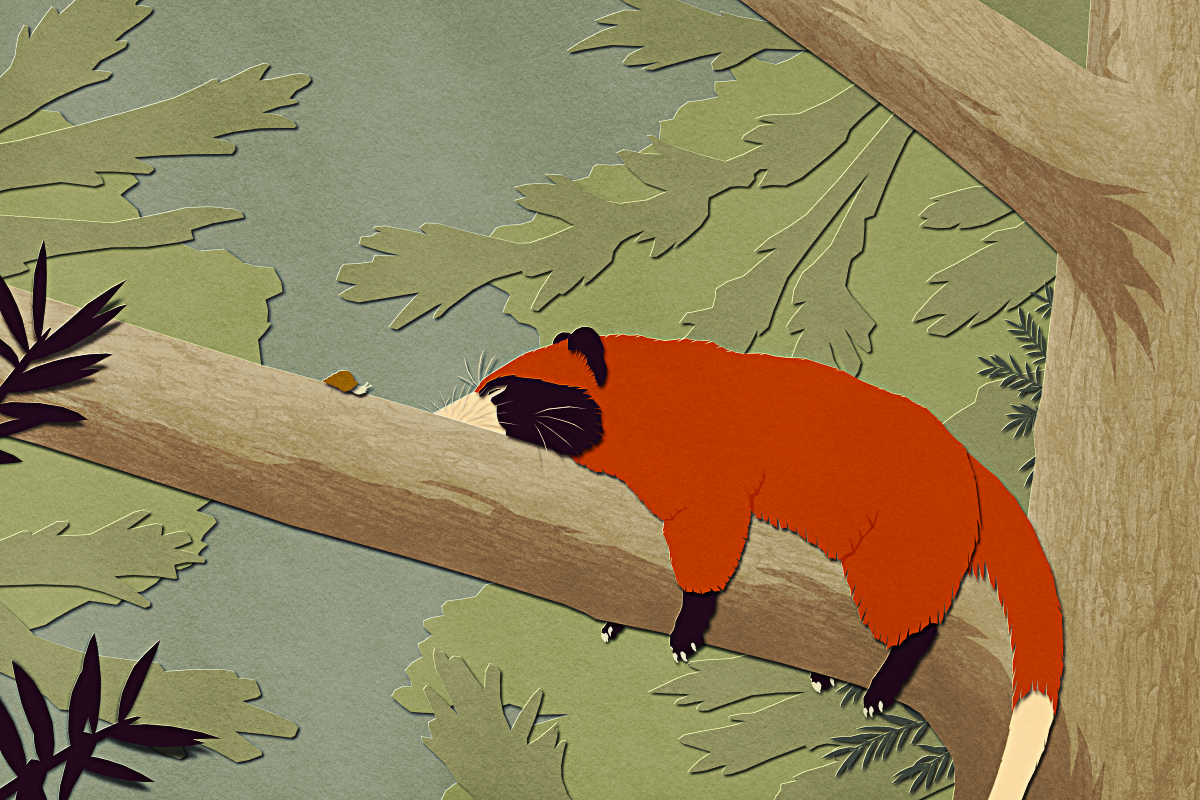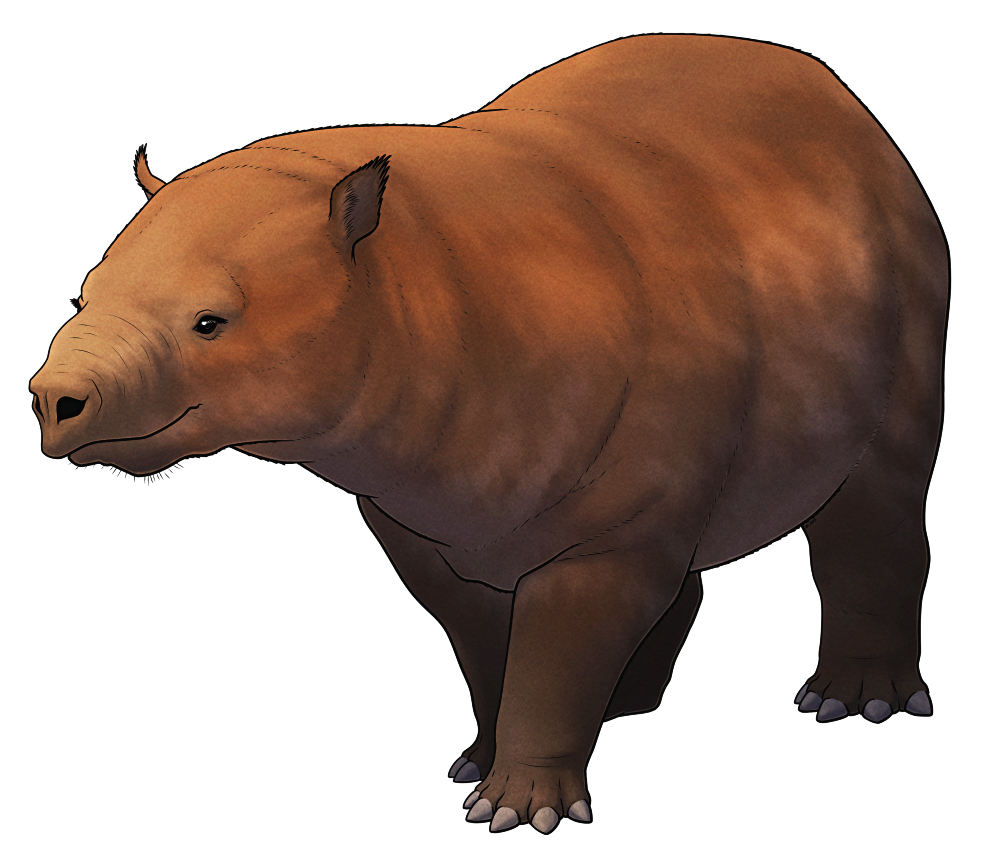An anonymous submitter asked for a “buoyant ungulate that runs atop the sea”:
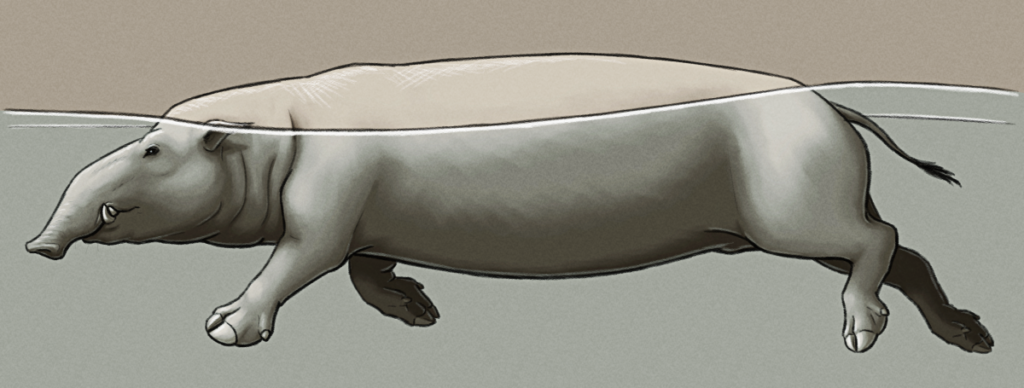
Pontoporcus plotus is a 1.5m long (~5′) amphibious pig descended from a feral population of domestic pigs left on a small tropical island. After inadvertently wreaking havoc on much of the local ecosystem, its ancestors eventually turned to a more marine-based lifestyle foraging along beaches and in coastal waters.
Naturally highly buoyant, Pontoporcus actually floats so well that it’s mostly limited to the water’s surface, unable to dive to any significant degree. But despite this it’s a fairly good swimmer, using broad hooves with wide fleshy pads to paddle itself along in an aquatic trotting- or running-like gait.
It forages both on land and in the water, mainly eating soft vegetation and marine plants, but much like its ancestors it will also opportunistically feed on whatever smaller animals it can catch or scavenge. Its semi-prehensile trunk-like snout is used to grasp at food items, to probe and root around in soft sediment, and as a snorkel.
Its hairless skin is very susceptible to sunburn, but it secretes a thick oily red-brown substance (similar to modern hippo “blood sweat”) that acts as a natural protective sunscreen.
These pigs are accomplished island-hoppers, regularly traversing the relatively shallow seas all along their island chain – but their natural flotation and long fat bodies also make them prime targets for large aquatic predators attacking from below, so these journeys tend to involve groups of Pontoporcus “running” along the sea surface aiming for their next destination as fast as they possibly can.

